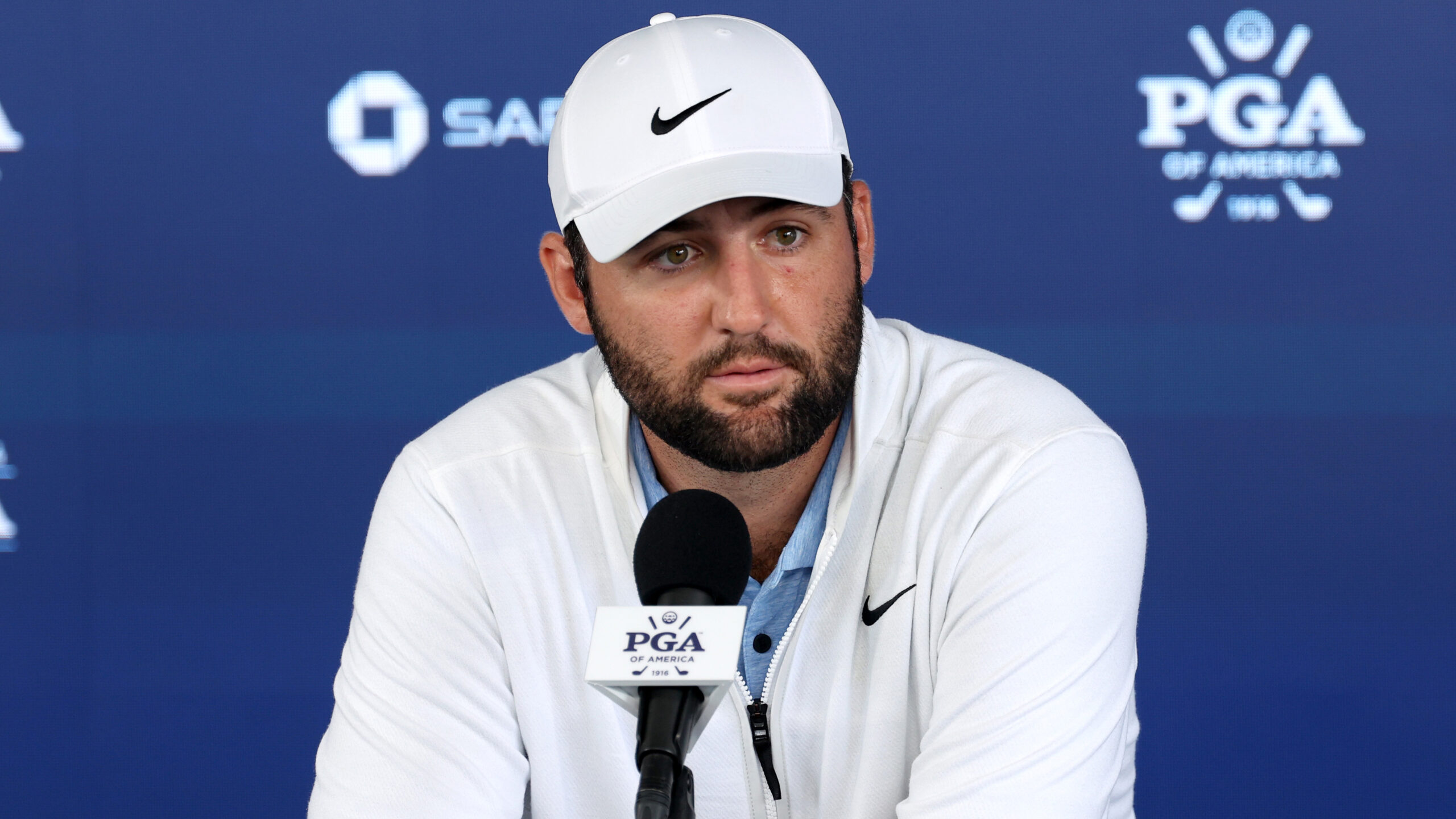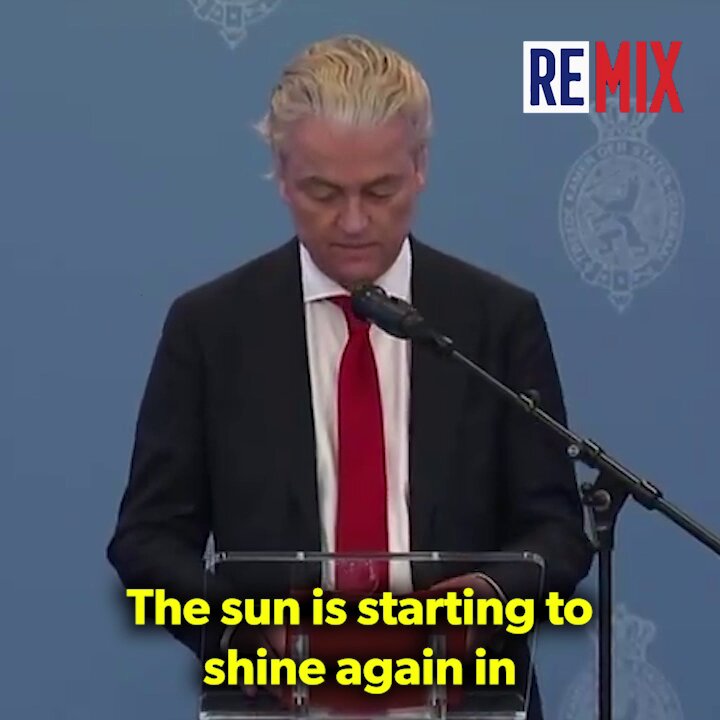Discover 8 Surprising Insights From the Historic Murthy vs. Missouri Censorship Case
8 Surprising Insights From Murthy v. Missouri Free Speech Case
Recently, the Supreme Court delved into the pivotal free speech case Murthy v. Missouri. Shocking revelations emerged, exposing federal agencies’ manipulation, coercion, and collusion with social media giants. This interference encompassed millions of posts on critical topics like the Hunter Biden laptop story and Covid vaccines.
Government’s Assault on Free Speech
The Louisiana district court and the 5th Circuit Court of Appeals uncovered a systematic effort by entities like the Biden White House, FBI, and CDC to control online discourse, potentially violating the First Amendment. They throttled speech under the guise of content moderation, transforming platforms into state-controlled speech enforcers.
The courts took action by issuing a preliminary injunction to halt speech policing. However, the government contested this in the Supreme Court, arguing that limitations on influencing social media censorship would harm national security interests.
During arguments, the government’s stance hinted at a chilling outcome for free speech rights. Regardless of the case’s verdict, the threat to free speech looms large, especially with support from certain judges.
Key Takeaways
- Federal Intrusion: The government resents scrutiny of its censorship actions, raising concerns about transparency and overreach.
Officials’ fear of accountability underscores the significance of cases like Murthy v. Missouri in exposing attempts to stifle free expression. The case sheds light on the critical need to safeguard the First Amendment against encroaching government control.
Insightful Revelations From Murthy v. Missouri Free Speech Case
The U.S. government expressed dismay at the individuals using the courts to scrutinize their collaboration with social media platforms to censor discourse on critical issues like the Hunter Biden laptop story, election integrity, and COVID. This censorship exposed in the case sheds light on the distortion of free speech principles by governmental bodies.
Government’s Justification for Censorship Decoded
In an attempt to legitimize their actions, Principal Deputy Solicitor General Brian Fletcher drew a line between “persuasion” and “coercion” based on legal precedents. The government contended that influencing private parties to suppress certain content is not censorship but an exercise of lawful entitlement.
During the proceedings, the justices probed the differentiation between persuasion and coercion, with Chief Justice John Roberts questioning the nature of government agencies’ influence. The pervasive pressure from the government, backed by potential regulatory actions, aimed to manipulate digital content and controlled speech on various platforms.
Evidence highlighted how government entities engaged in extensive coordination with tech companies to stifle protected speech, indicating a concerted effort to control the narrative. The courts recognized these actions as a significant threat to free expression, emphasizing the need to rein in government overreach in content moderation.
Key Assertions Unraveled
- Questioning Government’s Authority: Justice Thomas probed the origins of the government’s right to speech, challenging the narrative that justifies governmental intervention in private expression.
The case underscored the government’s attempt to cloak its censorship as a fundamental right essential for constitutional democracy. However, the implications of empowering the government to dictate speech and curtail public discourse raise concerns about preserving foundational freedoms.
Insights Unveiled From Murthy v. Missouri Free Speech Debate
The government’s approach to dissent during the Chinese coronavirus pandemic highlighted its authoritarian stance towards opposing viewpoints, which not only defied scientific reasoning but also posed a significant threat to public health. This suppressive behavior not only jeopardized public well-being but also infringed upon fundamental liberties and justice.
Revelation of Radical Stances
Justice Ketanji Brown Jackson’s position on the First Amendment emerged as strikingly radical, surpassing even the government’s views. Her interpretation seemed to endorse the state’s authority to censor citizens under perceived circumstances, akin to an omnipotent entity dictating permissible speech.
Justice Kavanaugh’s stance hinted at a possible concession to government assertions. His leniency towards the government’s coercive actions, coupled with his strict interpretation of coercion standards in the Murthy case, raised concerns about potential compromises compromising freedom of speech.
Observing the oral proceedings in person portrayed a scenario where the American public appeared to be at a disadvantage in what felt like an uneven playing field favoring corporate interests.
Implications of Backing Down
Under duress, Solicitor General Aguiñaga’s demeanor under scrutiny suggested a defensive stance, with hints of soliciting relief for the plaintiffs and the nation from the court. His readiness to restrict the injunction to certain platforms and plaintiffs indicated a reactive posture under pressure.
The critical issue at stake remains the unchecked government influence on social media censorship, highlighting the urgent need for judicial intervention to prevent undue pressure leading to private speech suppression.
Justice Jackson’s controversial stance elevating governmental power over the First Amendment caused a stir, reflecting a concerning alignment between the current administration’s views and potentially a majority sentiment within the Supreme Court. Such inclinations pose a severe threat to the fabric of constitutional freedoms, particularly concerning the precarious state of free expression.
The prevailing outlook could herald a catastrophic erosion of the First Amendment’s sanctity, signaling a looming crisis for fundamental rights and the essence of democratic discourse.
" Conservative News Daily does not always share or support the views and opinions expressed here; they are just those of the writer."





